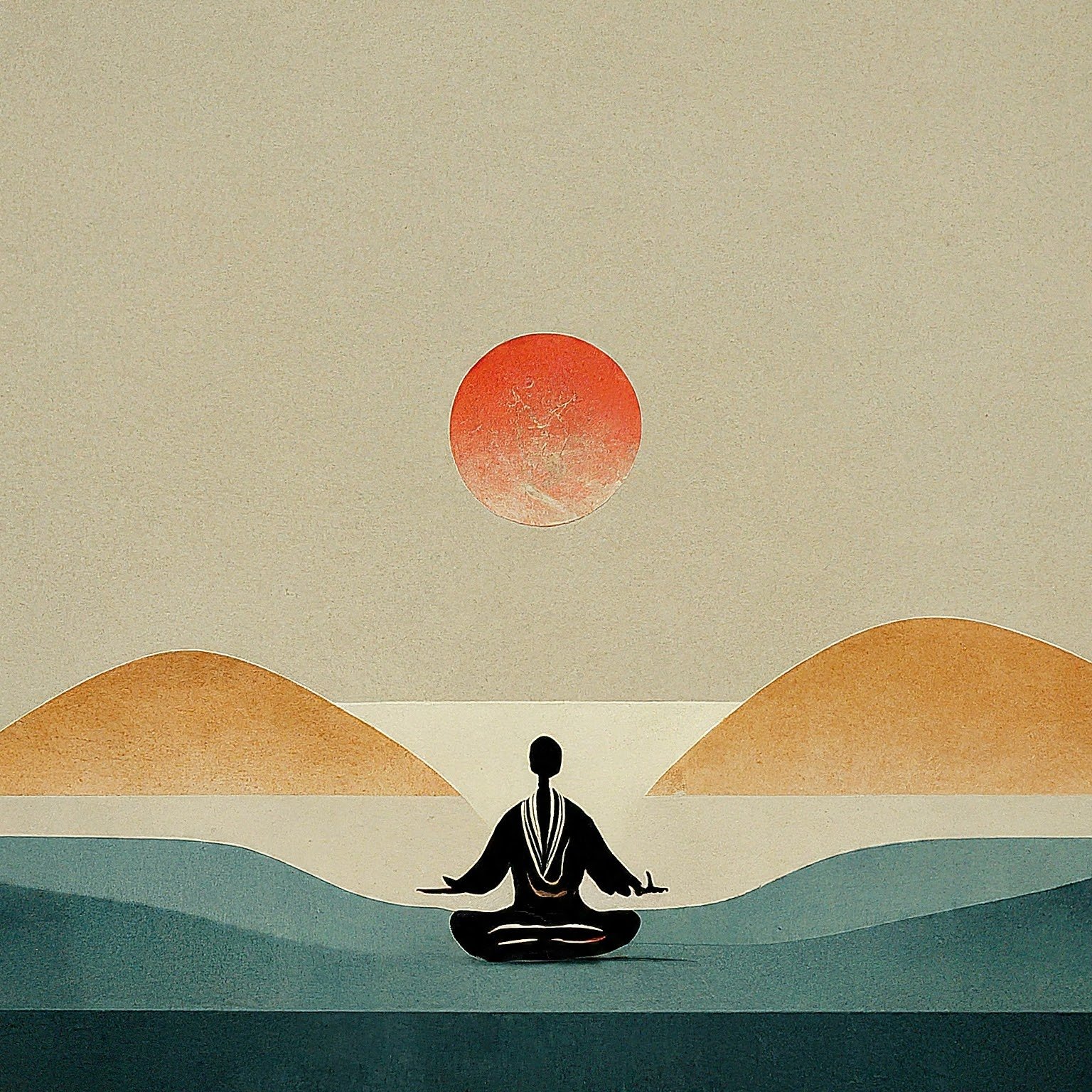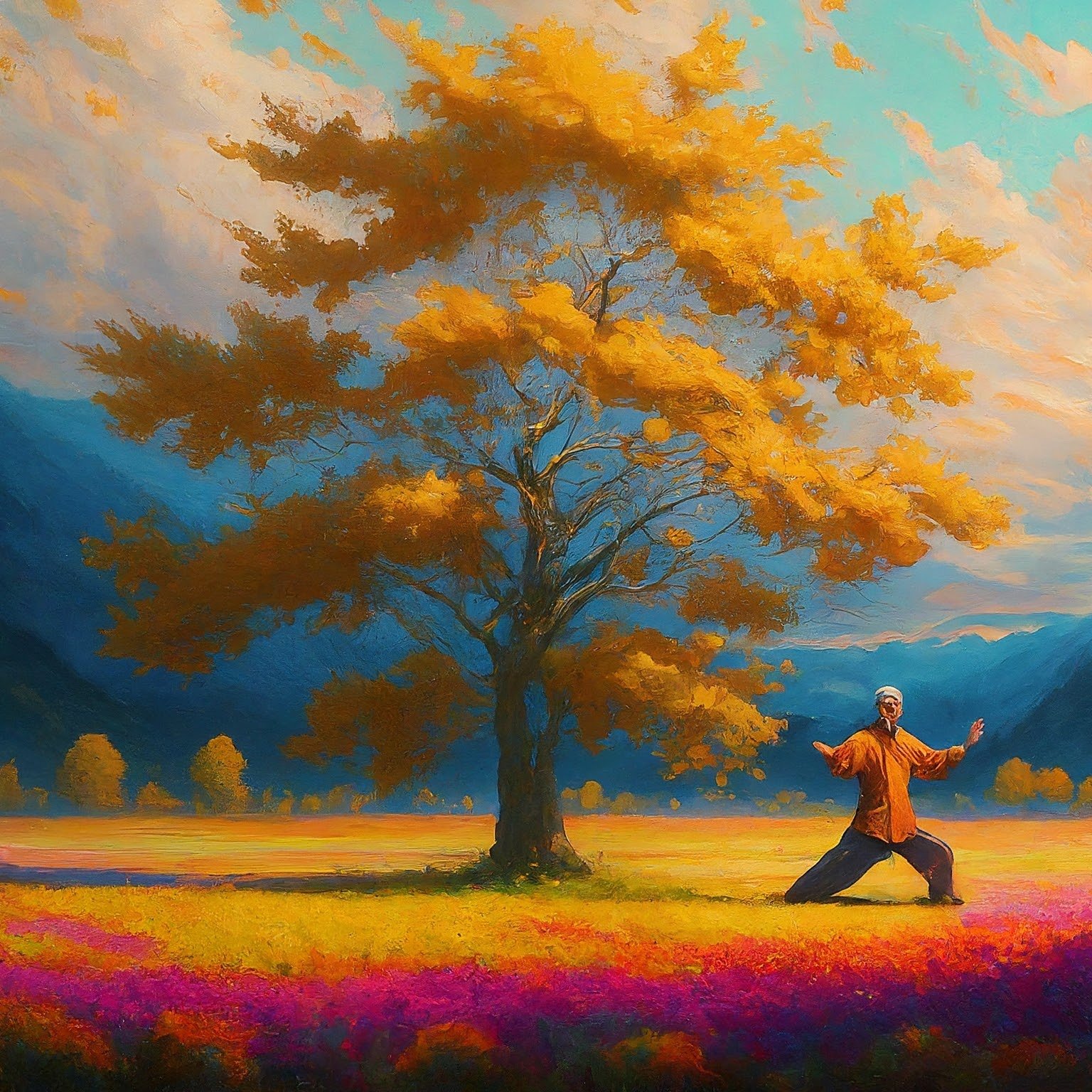
iNterNal aRts
Tàijíquán
太極拳
‘Supreme Ultimate Fist’
Tàijíquán, or ‘Tai Chi’ as it is more commonly known, is an ancient Chinese internal martial art based on the Daoist cosmological concept Yin Yang.
It is a gentle martial art with graceful, fluid, circular motions that calm the mind and relax the body.
The art has evolved over time, branching into various styles and lineages, the most popular being Chen style and Yang style.
Internal Work teaches movements, techniques, and concepts from the Yang style curriculum.
yiN
yaNg
Tàijí - “Supreme Ultimate” can be thought of as the motive force of creation.
From the catalyst of change Tàijí, the mutually complementing and oppositional forces of Yin and Yang arise and generate all things.
Yin 陰 or 阴 female/passive/negative/dark/the moon
Yang 陽 or 阳 male/active/positive/light/the sun
Tàijíquán, the internal martial art, is based on the interplay of these forces.
In practising the peaceful movements of Tàijíquán, we learn to find balance between the opposing forces within ourselves.
-
Techniques are individual movements with specific internal power methods and biomechanical structure. A single technique can have many applications.
Techniques often have symbolic names such as 'Grasp the Sparrow's Tail'.
-
Forms are continuous sets of techniques that are trained through repetition to cultivate internal power and develop an understanding of internal principles of movement.
Forms are often named based on the number of techniques present, for example, the 24-Posture form.
-
Push Hands are two-person training methods to test and apply the various powers of Taijiquan and develop co-ordination and contact sensitivity.
-
Traditional Chinese warfare tools such as the Jian (sword).
Tàijíquán Curriculum
The Internal Work Tàijíquán curriculum includes:



